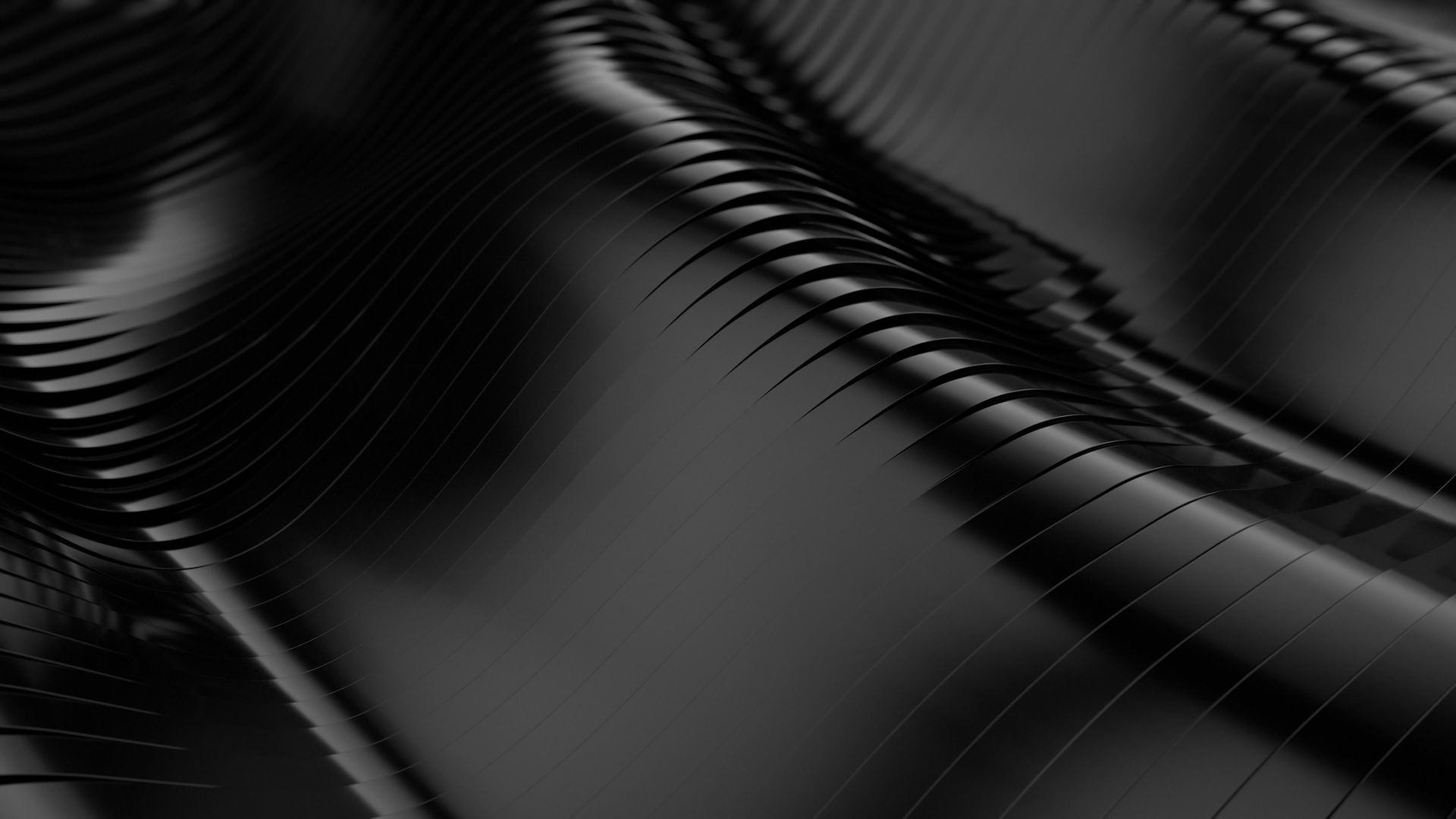
The Crisis of Form
In an era defined by rapid technological progress, globalization, and shifting cultural paradigms, architecture faces a profound existential challenge: the “crisis of form.” This phenomenon refers to the growing disconnect between architectural forms and their cultural, environmental, or humanistic significance. Once anchored in narrative, identity, and place, architecture today risks becoming a playground for abstract geometries, commercial spectacle, or algorithmic arbitrariness. The crisis goes beyond the realm of buildings, reflecting society’s broader struggle to reconcile innovation with meaning in an increasingly fragmented world.
Historically, architectural forms have had a strong symbolic charge. Gothic cathedrals soared to the heavens to evoke spiritual transcendence; traditional Japanese houses harmonized with nature through tatami modules and sliding walls. Even modernist pioneers like Le Corbusier or Mies van der Rohe, although followers of minimalism, imbued forms with utopian ideals—dwellings as “living machines” or structures that embodied democratic transparency. Form followed function, but also philosophy.
Today, however, the relationship between form and meaning has broken down. Globalization is standardizing skylines with glass and steel towers, and parametric design tools are enabling forms so complex that they defy human scale or utility. Iconic buildings like Frank Gehry’s Guggenheim Bilbao or Zaha Hadid’s fluid structures, while visually stunning, often prioritize spectacle over context, becoming isolated monuments rather than community spaces. At the same time, mass-produced housing reduces living environments to sterile, profit-driven boxes, eroding regional identity. The crisis is not just aesthetic, but existential: *What do our forms say about us?*
The causes of this crisis are multiple. Capitalism transforms architecture into a consumer product, reducing buildings to branding tools for cities or corporations. Digital design liberates creativity, but risks detaching form from materiality, craft, or climatic realities. Sustainability demands, while urgent, sometimes impose rigid templates (solar panels, green roofs) that conflict with cultural narratives. Even urban planning capitulates to algorithmic efficiency, optimizing networks for traffic or density, but neglecting the poetry of public life.
Beyond architecture, the “crisis of form” reflects societal shifts. Social media flattens identity into clean avatars; AI-generated art provokes disputes over authenticity; cities expand into shapeless megaregions. We are surrounded by forms — physical and metaphorical — that lack roots, generating a collective unease.
To resolve the crisis, architecture must rediscover its role as a mediator between the tangible and the intangible. Forms must not just amaze or optimize, but *resonate* — with history, ecology, and human emotions. This requires humility: listening to communities, accepting constraints, and valuing longevity over trends. Beyond architecture, it invites us to rethink how all forms — political, digital, social — can embody profound purpose in an age of flux.
Ultimately, the crisis of form is a call to re-enchant the world. It asks us to build not just structures, but stories; not just spaces, but places that remind us of who we are and what we aspire to be.
Stefan Secuiu
Architect
